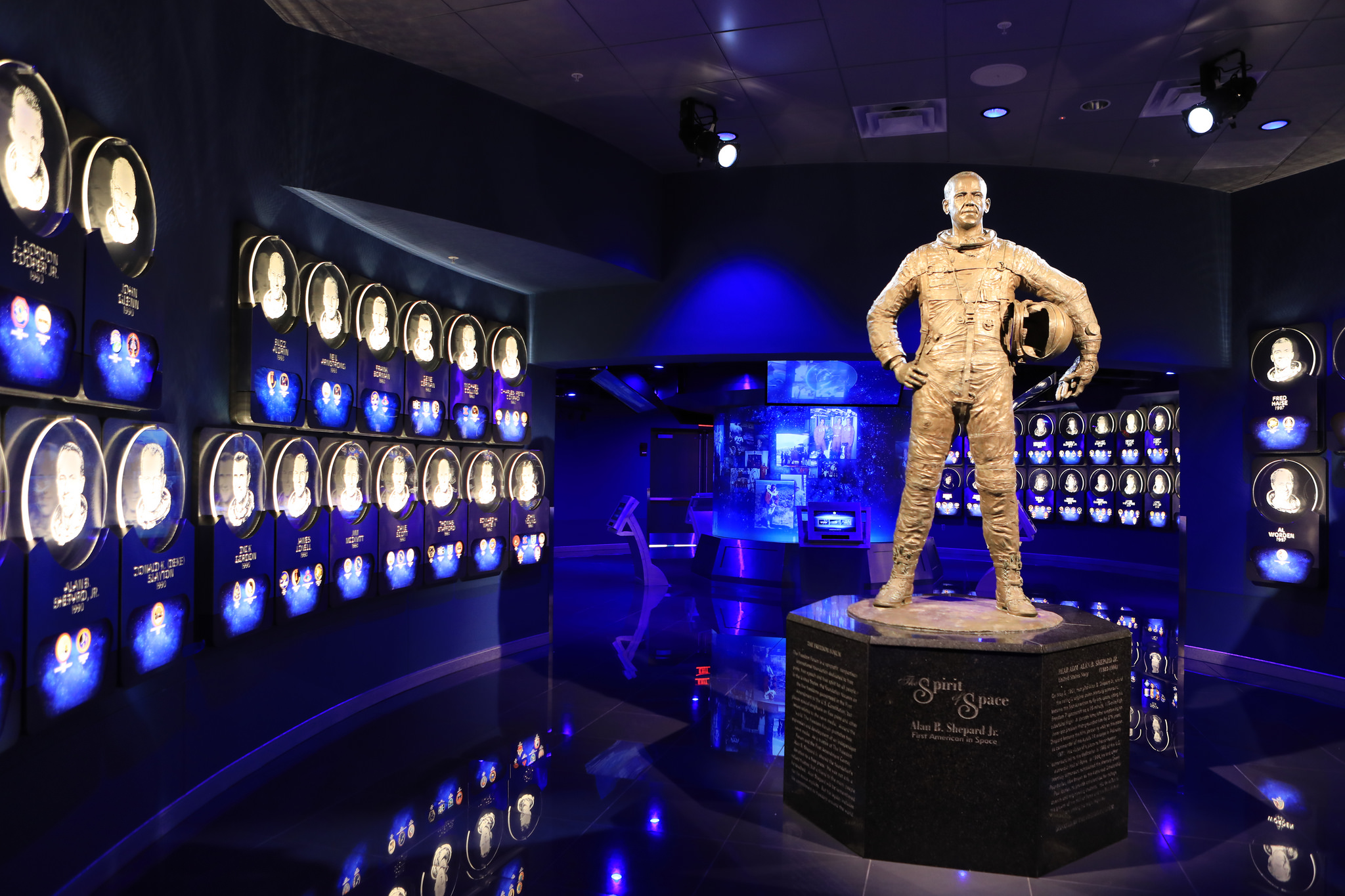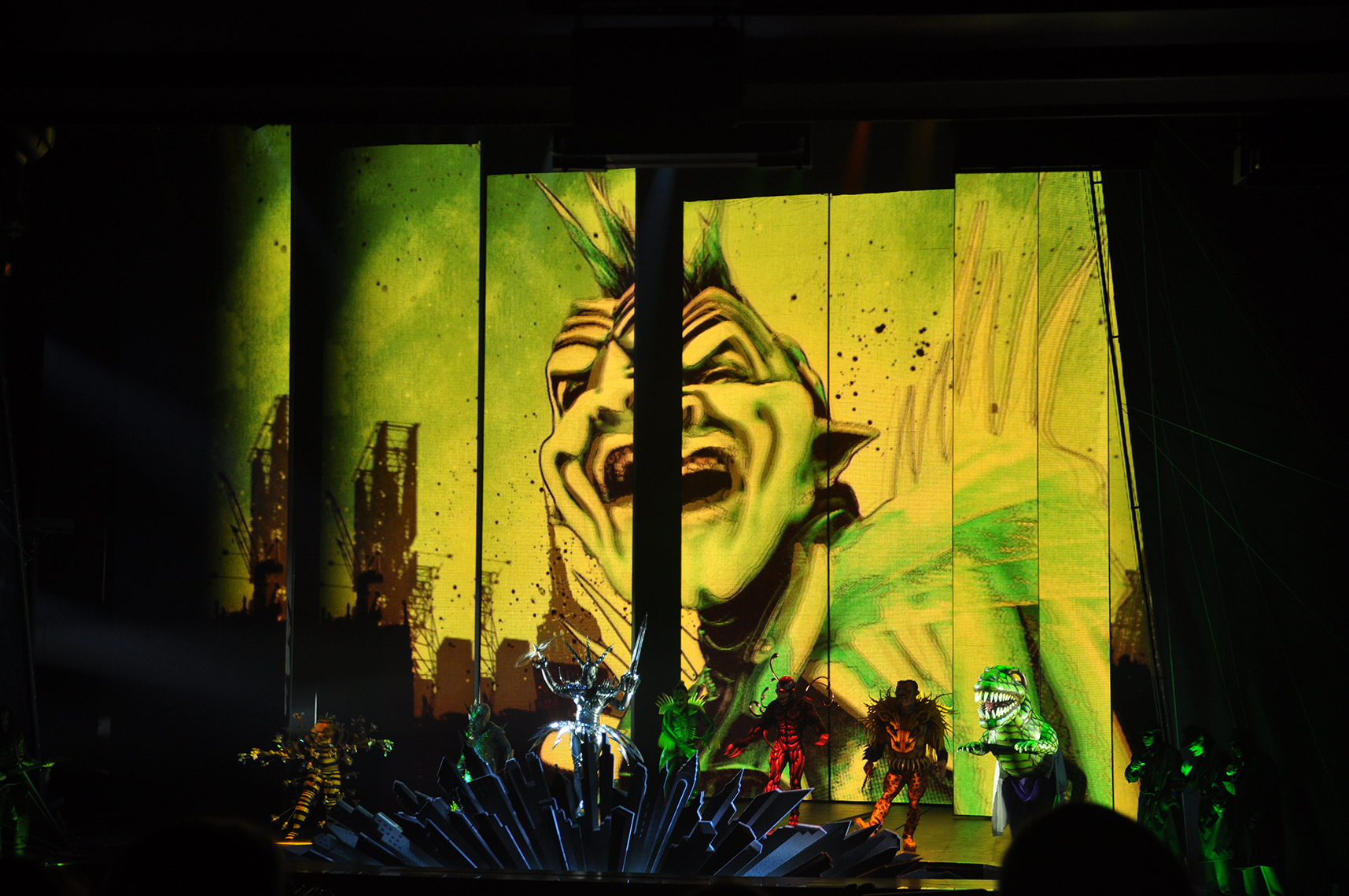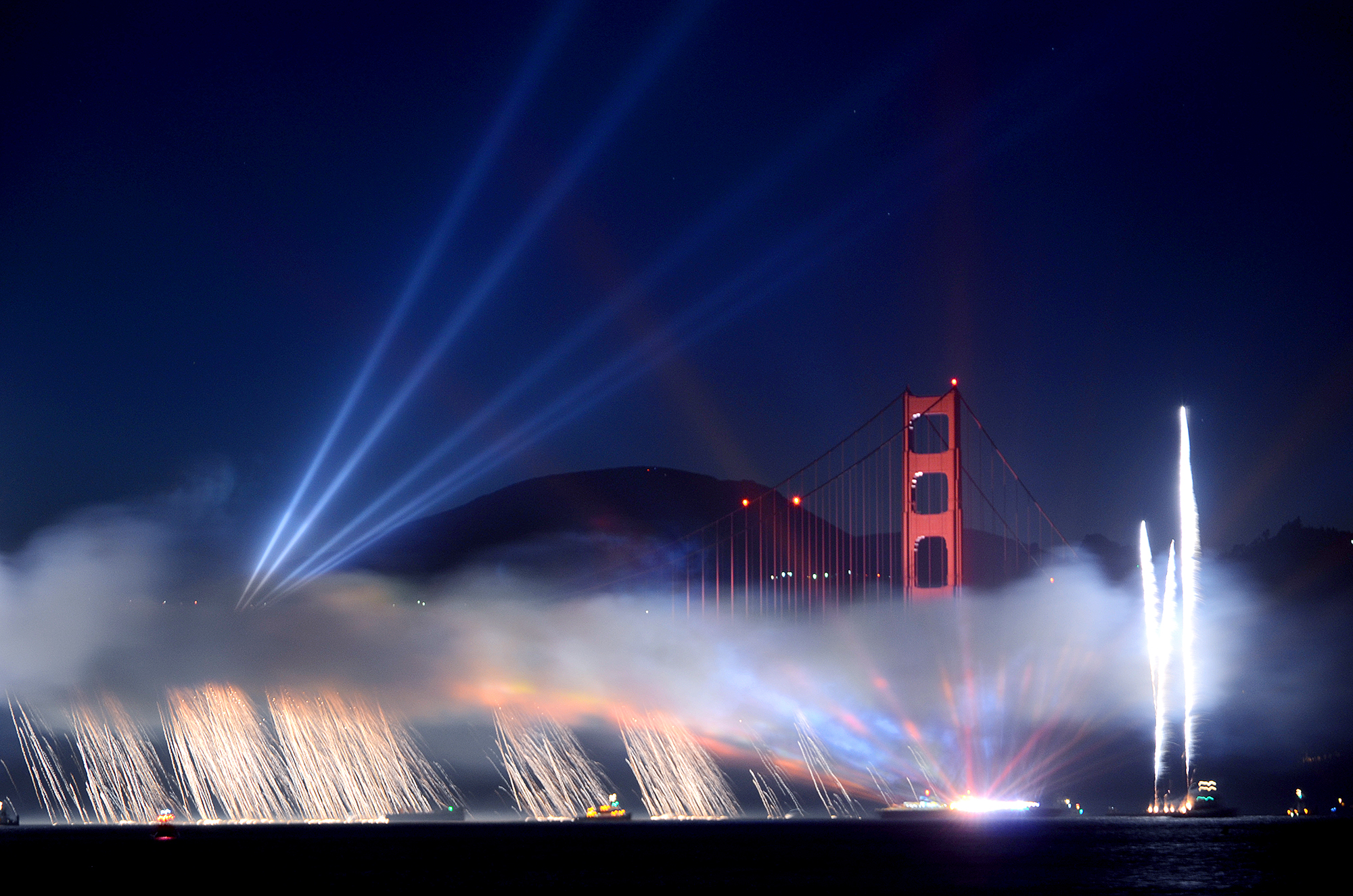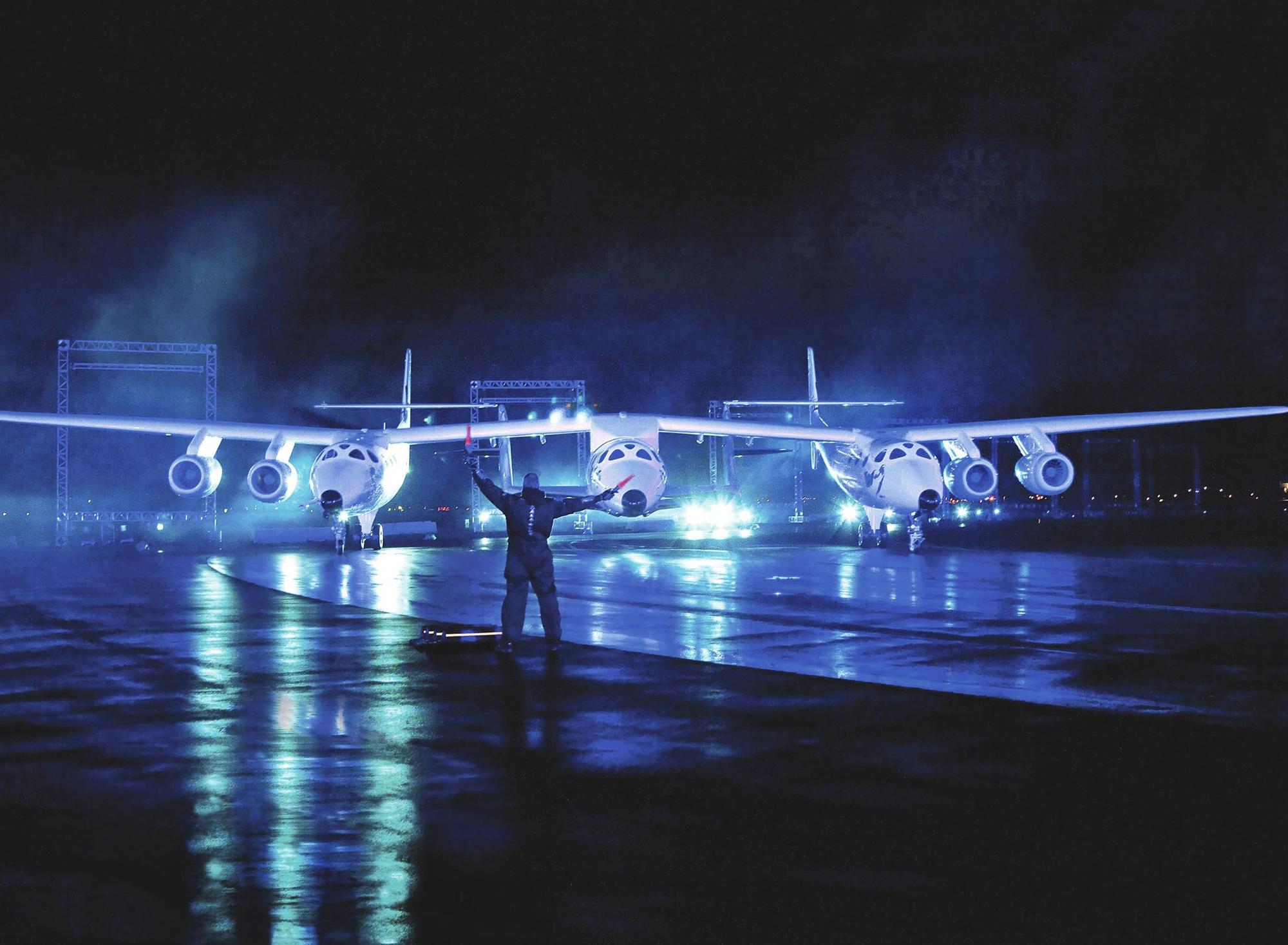When principals Norm Schwab and John Featherstone founded Lightswitch 25 years ago, they did so with the intention of creating a truly different and distinctive lighting and visual design company. Now that Lightswitch has grown in both expertise and geographic markets, its leaders feel a great sense of pride when they look back over the past quarter century – and excitement as they plan for the future. Recently, five of the principals—Norm Schwab, John Featherstone, Chris Medvitz, Howard Werner, and Brad Malkus—sat down to answer some questions and reflect on the first 25 years of the firm, and the phenomenal projects, clients, staff, and collaborators they have experienced along the way.
Can you each share a little about yourselves?
Norm: I started out in theater at Carnegie Mellon University, loving the art, culture and craft. Then got very interested in the music scene and went off to San Francisco for a senior-year internship at FM Productions (which was concert promoter Bill Graham's production arm). They were going through a major expansion and I got thrown into a myriad of work including David Bowie, The 1984 LA Summer Olympics, The 1984 Democratic National Convention, and the launch of the Macintosh Computer. After five years there I decided to go on my own as a lighting designer for all sorts of things including the B52's, Disney, and many corporate clients (including a Pontiac show, where I met John).

John: I ran away and joined the circus! I got the lighting bug partly from an amazing drama teacher at school, and partly from my Aunt Ruth, who was wardrobe mistress for Glyndebourne Festival Opera. Right out of high school I hit the road with The Smiths, and worked with them and my dear friend Johnny Marr until the band split. After that, I spent a decade concert touring under the watchful eye of Roy Bennett, from whom I learned so much and honed my craft. I toured with bands from DuranDuran, INXS, Janet Jackson, Van Halen, and more. I met Norm in 1986 — the same trip to the States when I met my wife. The rest, as they say, is history!
Chris: I grew up as a theatre brat, around symphony, opera, ballet, and regional theatre. I studied theatre design at the University of California at San Diego and while taking a break before grad school, ended up getting into trade shows and auto show lighting design and never went back! I led a lighting design department at George P. Johnson experience design agency for four years, programmed some concert tours, and 14 years ago ended up joining Lightswitch.
Howard: After I graduated from the University of Illinois, I joined the up-and-coming theatre movement in Chicago during the1980’s and learned the trade. By the time I joined Lightswitch, I had become a multitalented, many-faceted lighting, projection and multimedia designer. I have always especially loved the Broadway design world and the challenges that come along with designing theatrical lighting.

Brad: During my brief college career, I had an opportunity to work with a local production company doing sound for concerts around the Cleveland area. When we had a chance to start doing lighting as well, it was decided that my background as a musician would make me a good board operator. Fortunately, this seems to have been true. I spent the next 20+ years doing concert tours as a lighting designer and director for a long list of artists ranging from Luther Vandross to Lynyrd Skynrd to Pink Floyd. In the early 80's I went to work at Morpheus Lighting, in addition to doing tours. While working for them, I got to be involved in the early development of moving lights and lighting controllers. Eventually, I wanted to spend less time travelling, so I moved to Orlando and started doing some corporate and theme park work. This led my association with Norm Schwab and ultimately to being asked to become part of the Lightswitch family.
How did Lightswitch get started and what was the motivation for launching the company?
Norm: I was realizing that as lighting design(s) became more complex and that it was hard to juggle projects being one person, that it would be a smart and fun idea to form an organization of like minded individuals who could work as a team to find projects and carry them out.
John: I'd been touring for years, and Norm 'dared me' to come off the road and form a design company. After we had our first child Hailey, I broke down. We spent a long weekend in San Francisco 'blue skying' what we thought and hoped a truly different design practice might look like. 25 years later, we're still working on it!

How many studios and team members does Lightswitch currently have and how is the company continuing to grow?
John: Over 25 years we have grown to 45 team members in eight studios in the US and Asia— two studios in Chicago, Hong Kong, two in Los Angeles, New York, Orlando, and San Francisco.
Norm: Our goal is to grow to meet our needs and the needs of our clients, but not "just" for growth's sake. There is definitely a movement to make sure we are a more diversified organization in all aspects of people and talents.
Could you each talk briefly about one of the most interesting or challenging projects you have ever worked on?
Norm: The 75th Anniversary of the Golden Gate Bridge is by far the project that I will remember for its complexity, historic significance, and the sheer thrill of doing something for 500,000 people. Between coordinating with the Bridge, Homeland Security, the FAA, the State, and several environmental groups and developing a show that would entertain people from all ages and walks of life, and coming up with a way to make sure there was a show if the Bridge was enveloped by fog, and finally, working within a budget that was not extravagant given the politics of the time...this show will always be one of my proudest.

John: Oh, I think that would have to be the roll out of Space Ship Two for Virgin Galactic. A show in the middle of the Mojave Desert, that ended with hurricane force winds devastating the site that we'd spent weeks constructing. On a more personal note, any time I get to work with Johnny Marr or his son Nile on his projects, it feels like going home and is deeply rewarding and grounding.
Chris: Most recently, the Enchanted: Forest of Light project seems to be the most challenging, but that's not a bad thing! It's an elaborate seasonal installation of a variety of immersive interactive light+art installations in a botanical garden in Los Angeles. The challenges are mostly due to the unusual venue, and dealing with environmental and wildlife considerations.
Howard: For me, the most challenging project would have been EFX! at the MGM in Las Vegas. This was a huge spectacular show that was done many years ago. I was the projections designer and since these were the days of Pani projectors, the process was very ‘analog’. We shot film, sent it to the lab and mounted it in frames. It looked great but changes were time consuming and slow.
Brad: The King Tut tours have been especially interesting because of the amazing artifacts, the variety of venues that we've put them into, and the sensitive nature of working with the caretakers whose job it is to protect these priceless treasures. Our design has to create dramatic settings, light the artifacts in a way that guests can really see all the intricate details of them, and provide a safe environment for the public as well as the objects.
Stay tuned for Part Two!
At LDI2018, Featherstone and Schwab are part of a panel: Lighting Design and Technology Changes Over 25 Years, which explores 25 years of projects, changes in both lighting and design technology, and examines how some of their projects might be different if designed with the tools available today.